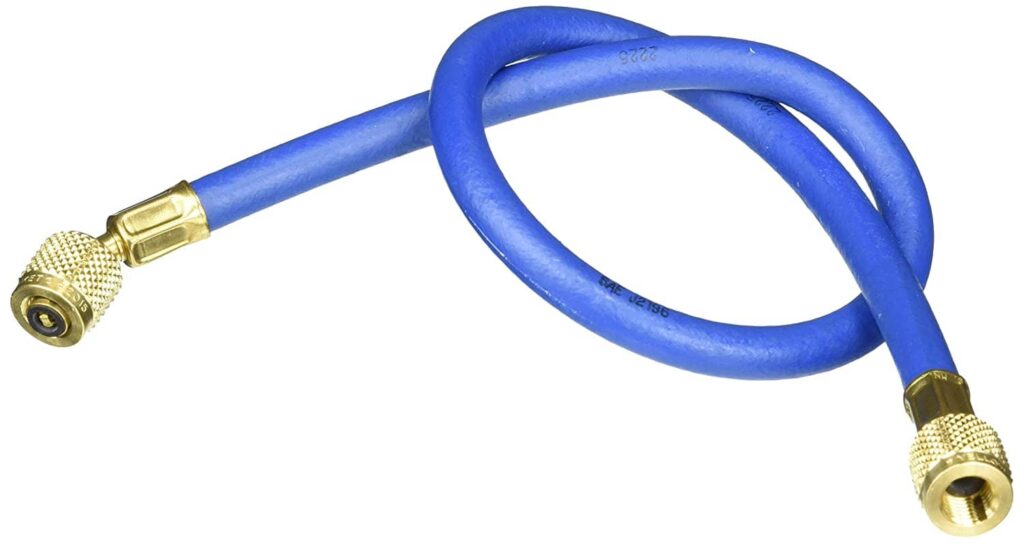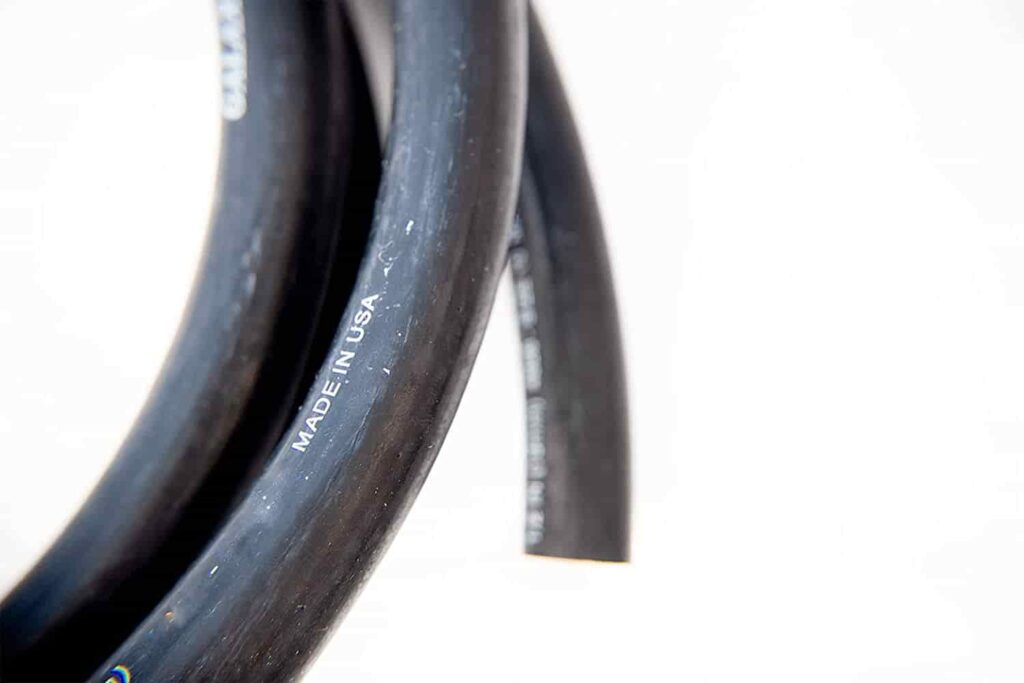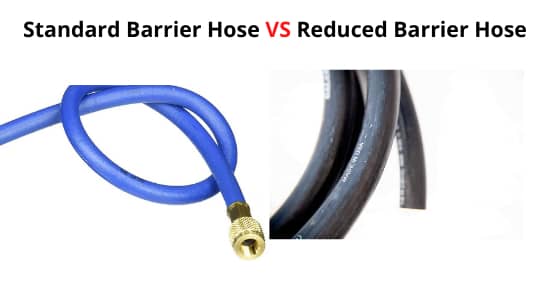By default, the A/C system in most cars has the standard barrier hose. When it starts leaking, you might want to get a new one. But many people will suggest you go for the reduced barrier hose. If you do not have much idea of hoses, you may get confused between the standard vs reduced barrier hose. You may ask, what are the differences between these two?
The major difference between a standard hose and a reduced hose is the wall thickness. A reduced hose has a thinner wall than a standard hose wall. It also results in the reduced size of the diameter.
There are many differences between these two hoses. But do those distinctions matter when you want to buy a hose? Well, you need to understand all the differences well to know that. Continue reading till the end to find out what is a standard and a reduced barrier hose and what are the major differences.
What is a barrier hose?
A barrier hose is a hose with an additional layer of material to prevent refrigerant leakage. The additional layer is usually made of nylon-like compounds and reduces the permeation. Most of the Air Conditioning system in vehicles made after 1988 has a barrier hose.
If you have the newer R-134a refrigerant, it is recommended to use a barrier hose. But if it has a normal A/C hose and is doing fine, then you may not need to replace that.
In case the hose is leaking and needs replacement, barrier hoses can be the best replacement. Even if you are using R-12, you can use it with barrier hoses.
When you are going to buy a barrier hose for the A/C system of your vehicle, you get two options. The first one is the Standard and the second one is the Reduced barrier hose.
- Standard barrier hose

Standard barrier hoses are the normal barrier hoses with a thick layer of material to prevent leakage. The outside diameter of standard barrier hoses is usually thick. It makes the hoses stiff and tough to bend.
- Reduced barrier hose
In contrast, a reduced barrier hose has a thinner layer of material which reduces the thickness of the wall. In consequence, the outside diameter is also reduced, which is why they are called reduced barrier hoses. Due to the thinner wall, reduced barrier hoses are quite flexible to use.
Standard vs. Reduced barrier hose: Key Differences
Reduced barrier hoses and standard barrier hoses share quite a few differences between them. It affects their performance too. That is why learning about the differences will help you make a purchasing decision.
The major differences between standard and reduced barrier hoses are:
- Thickness
As we have told you in the beginning, thickness is the major difference between these two hoses. Reduced barriers are relatively thinner. But, that does not mean they are less durable. Due to the use of sturdy materials, they still prevent leakage pretty well. Even better than the standard ones.
- Outside Diameter
The reduced thickness of the hose wall reduces the outside diameter of the reduced barrier hose too. You may find standard barrier hoses bulky. But the smaller diameter looks minimalistic and feels very light.
- Design
The design of reduced barrier hoses is also quite light compared to the standard hoses. As a result, they look better.
- Flexibility
Thinner wall design also makes reduced barrier hoses more flexible. It is easy to route a reduced barrier A/C hose. Clamping and crimping are also better in reducing barrier hoses than the standard ones.
Standard vs. Reduced barrier hose: Quick Comparison Chart
| Basis of Comparison | Standard Barrier Hose | Reduced Barrier Hose |
| Thickness | Thick | Thin |
| Outside Diameter | Big | Small |
| Design | Bulky | Light |
| Routing Ability | Average | Good |
| Clamping & Crimping | Less flexible | Flexible |
| Efficiency | Average | High |
| Weight | Heavy | Light |
Which barrier hose should you buy?
Comparing these two hoses, our recommendation would be to go with the reduced barrier hoses. They support both R-134a and R-12 refrigerants. So, it doesn’t matter which one you have; you can go for reduced ones.
Additionally, the reduced barrier hoses are more flexible and come with a better outlook. Overall, reduced barrier hoses should offer you better results than standard barrier hoses.
Best reduced barrier hoses
Now you may ask, what are the best-reduced barrier hoses available in the market? Not every reduced barrier hose may be able to provide you with a good result. The following one is a good option you can consider buying:
Parker OEM #6 A/C REDUCED Barrier Hose

The Parker OEM #6 A/C REDUCED Barrier Hose is quite a pretty strong hose for size #6. Its inside diameter is 5/16″ and the outside diameter is 9/16″. You can select the length in feet and make your purchase.
If you need a different size, once you go to the website for this product, you will also see the other available size at the bottom side of the page. Don’t forget to get reduced barrier hose fittings according to the hose size.
Conclusion
To summarize the discussion of standard vs reduced barrier hose, you can say that reduced barrier hoses are a better choice as an A/C hose. A lightweight design with a thinner outside diameter offers better efficiency. Newer A/C systems are also made to better fit with reduced barrier hoses.


I have been working on cars for 30+ years and I work currently at a Dodge dealership. I have several old Mopars and work on some friends old car from time to time. This is the Best information I have seen in a long time. Thank you Robert
Great!